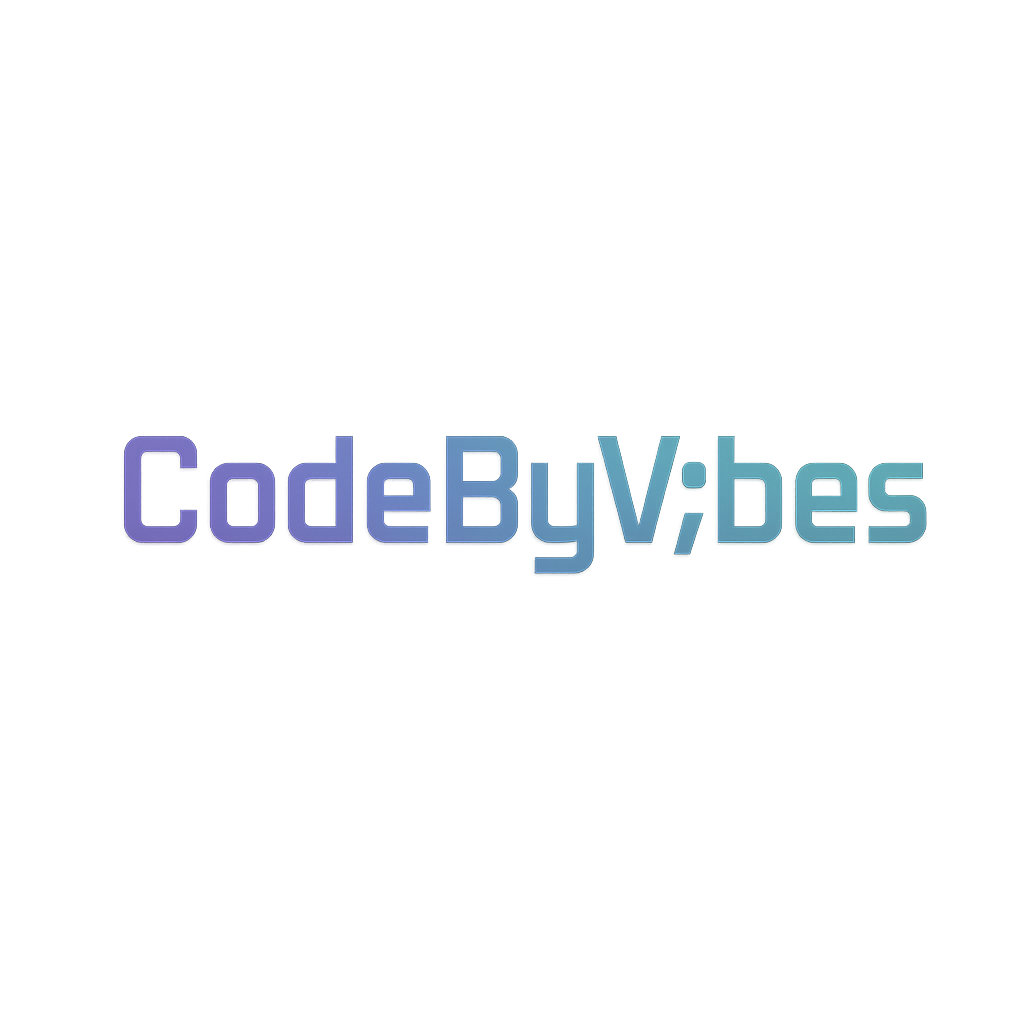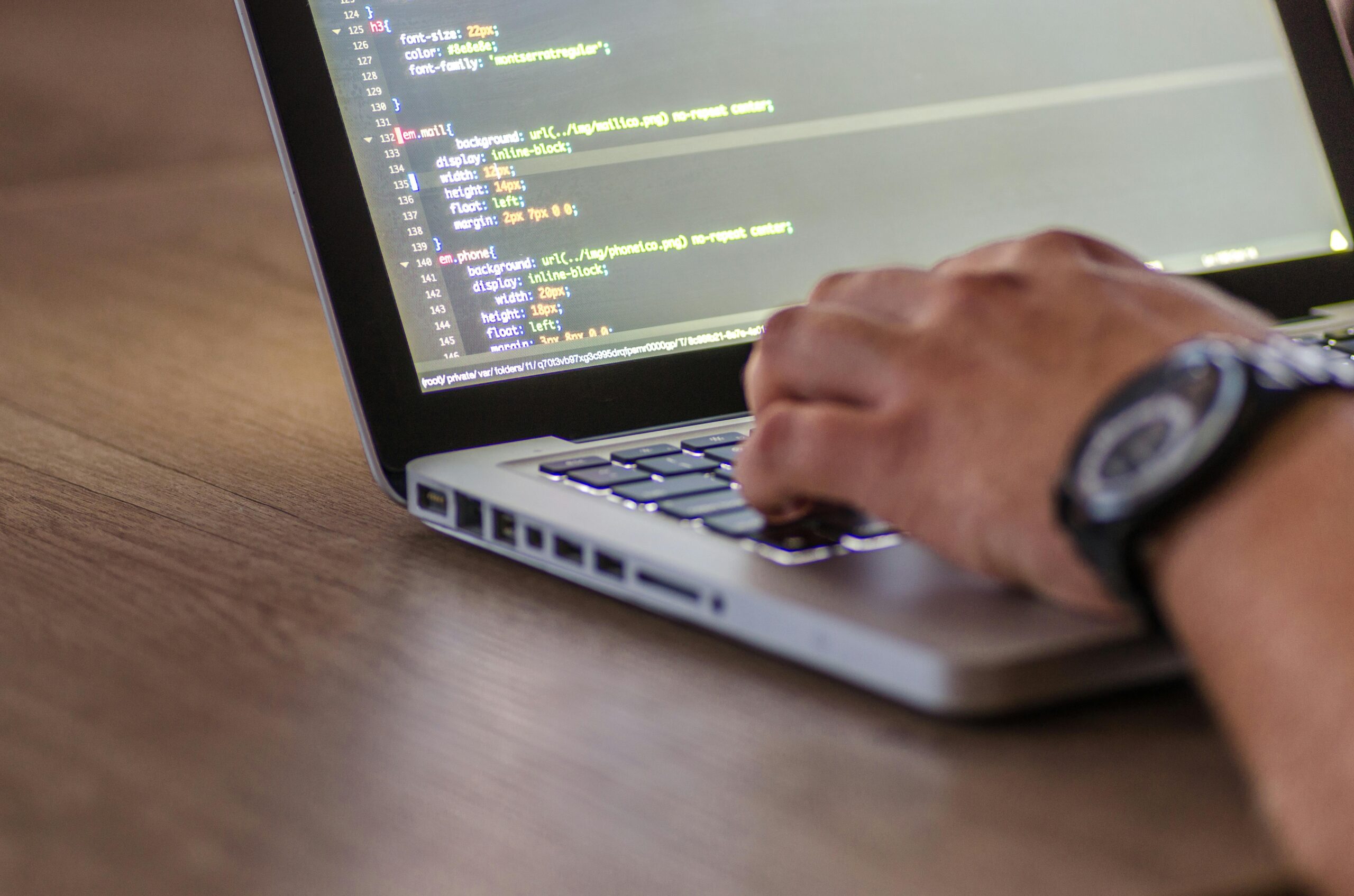Introduction: A Tweet That Sparked a Movement
In early 2024, OpenAI engineer Andrej Karpathy shared a tongue-in-cheek observation on Twitter that would accidentally give birth to a movement. He wrote about a new way of programming he called “vibe coding.”
“There’s a new kind of coding I call ‘vibe coding,’ where you fully give in to the vibes, embrace exponentials, and forget that the code even exists. It’s possible because the LLMs are getting too good… I just talk to Composer with SuperWhisper so I barely even touch the keyboard… I accept all, I don’t read the diffs anymore… It’s not really coding — I just see stuff, say stuff, run stuff, and copy paste stuff, and it mostly works.”
At first, it sounded like a joke — a veteran AI engineer poking fun at how easy it was becoming to build with language models. But beneath the humor was a deep truth: the way humans create software is fundamentally shifting.
That idea — that you can now “see stuff, say stuff, run stuff, and copy-paste stuff” — is the essence of vibe coding. And in 2025, it’s no longer just a tweet. It’s a new creative philosophy and a rapidly growing movement.
1. The Origin of Vibe Coding
Karpathy’s Spark
- Coined by Andrej Karpathy, a key figure in deep learning and applied AI.
- Born from his experiments with Cursor Composer + Sonnet, and SuperWhisper voice prompts.
- Defined by intuition and conversation, not syntax and precision.
Traditional coding is like playing sheet music: structured, precise, and rule-bound.
Vibe coding is like jazz: you riff, you improvise, you go with the flow.
Key Takeaway
Vibe coding originated as a playful remark but revealed something bigger: AI has advanced to the point where natural language is becoming the new programming interface.
2. From Joke to Movement
The Rise of Vibe Coding Platforms
In less than a year, vibe coding evolved from a meme into a viable workflow, thanks to the rise of AI-native tools:
- Bolt.new – one-click, full-stack apps built by describing what you want.
- Claude Code – natural conversation coding with massive context windows.
- Rocket – AI dev environments that scaffold projects instantly.
- Base 44 – workflow systems merging natural language, automation, and deployment.
- Cursor + Sonnet – Karpathy’s original playground, still powering vibe coding experiments.
Cultural Shift
Developers realized that this wasn’t just “lazy coding.” It was a new form of creative work. Suddenly, weekend tinkerers, entrepreneurs, and designers could all ship working products — without knowing how to code at all.
Key Takeaway
Vibe coding is no longer a fringe experiment. In 2025, it’s an emerging standard for rapid creation, used by both professional developers and total beginners.
3. The Philosophy of Vibe Coding
At its heart, vibe coding isn’t just a technical process — it’s a philosophy of creation.
- From precision → to intention: You describe what you want, not how to build it.
- From barrier → to flow: The steep learning curve of programming collapses.
- From perfect → to possible: The goal isn’t flawless code — it’s functional prototypes that spark progress.
Think of it as a creative dialogue between human imagination and machine intelligence.
Key Concepts
- Iteration over perfection: You don’t need a polished end product on day one.
- Improvisation as strength: Trying, failing, and redirecting is part of the process.
- Democratization of creation: Coding isn’t limited to coders anymore.
4. How Non-Coders Can Use Vibe Coding
The most revolutionary aspect of vibe coding is that it’s not just for engineers.
What Non-Coders Can Build
- Websites & blogs: Describe layouts, color palettes, and sections — let the AI code it.
- Apps & tools: Sketch your idea in words, test it instantly.
- Creative projects: From games to generative art, vibe coding lowers the entry barrier.
Benefits for Non-Coders
- Speed: Build prototypes in hours, not weeks.
- Affordability: Skip hiring a dev team for early experiments.
- Empowerment: Ideas no longer die because you “can’t code.”
Key Takeaway
Vibe coding puts software creation in the hands of everyone — entrepreneurs, artists, hobbyists, educators. If you can describe it, you can likely build it.
5. The Future of Vibe Coding
Looking forward, vibe coding is more than a fad. It’s shaping the next era of digital creation.
For Developers
- Use vibe coding to eliminate repetitive boilerplate.
- Focus on higher-level architecture, creativity, and problem-solving.
For Entrepreneurs
- Launch MVPs faster.
- Test and pivot ideas before raising capital.
For Culture
- More voices in software creation.
- More weird, experimental projects that never would’ve existed otherwise.
6. Key Challenges Ahead
It’s important to acknowledge the caveats:
- Quality control: AI code can be brittle or insecure.
- Over-reliance: Without oversight, projects may become unmaintainable.
- Ethical questions: Who owns the code? How do we handle bias or hallucinations?
Still, the potential outweighs the risks. And with better tools, these challenges will shrink.
Final Thoughts: Why Vibe Coding Matters Now
Vibe coding started as a joke — but in 2025, it represents something profound. We are standing at a very special moment in history.
For the first time:
- Startup capital is no longer a barrier. You can build powerful apps with little to no money.
- Everyday people can compete with giants. A solo creator can launch tools and businesses that rival what once required teams at big tech companies.
- The gap is closing. Vibe coding is bridging the divide between the everyman and the conglomerates that dominate our digital world.
That’s why vibe coding isn’t just about software. It’s about possibility, empowerment, and the democratization of creation.
If you have an idea, vibe coding gives you the power to try it. No gatekeepers. No massive budgets. Just your imagination — and the vibes.
Quick Key Takeaways (Summary Box)
Future: A creative revolution where everyday people can compete with corporations.
Origin: Coined by Andrej Karpathy via a viral tweet.
Definition: Conversational, AI-driven software creation.
Tools: Bolt.new, Claude Code, Rocket, Base 44, Cursor Composer.
Philosophy: From precision to intention, from barriers to flow.
Impact: Empowers non-coders, speeds up prototyping, lowers costs.

